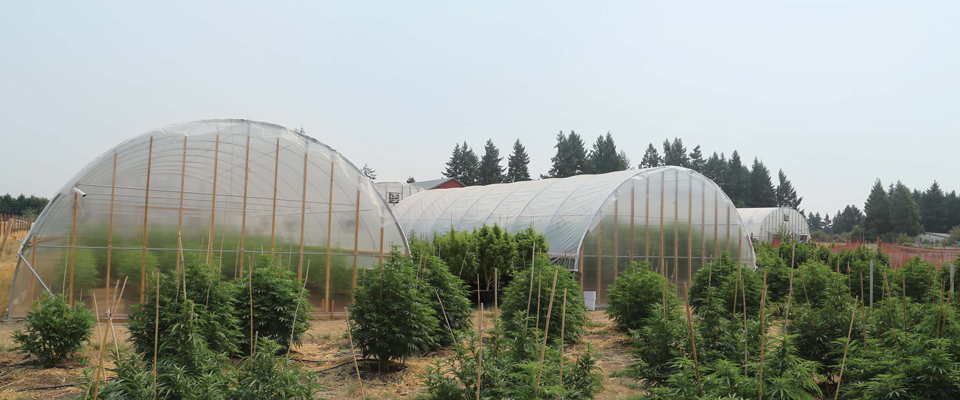Supplementation for Grow Op Success
March 23, 2018
Outdoor and indoor growing each comes with its own unique set of challenges. Outdoor growers enjoy lower energy bills, but pay for it later with products that tend to net less money. Conversely, indoor growers tend to produce cannabis that fetches higher prices, but pay for it when the electric bill arrives. What is the best way to settle the long-held indoor versus outdoor debate? Supplementation, and we don’t mean providing crops with nutrients.
The familiar phrase “don’t put all your eggs in one basket” applies here. The same way business investors diversify their investments to get the most out of them, growers should consider supplementing their current growing method with another technique they’re not already using. Outdoor growers in particular can gain a lot by supplementing their crops with an indoor growing space. By implementing environmental controls, growers can create revenue and production stability all year long. Furthermore, growers can produce higher quality cannabis that will ideally earn higher prices in the market.
Out of the three production methods, outdoor, greenhouse and indoor, there are clear differences in the percentage of sales and price per pound. Outdoor cannabis saw the lowest sales and prices; greenhouse cannabis came in second for sales and price; and indoor cannabis experienced the highest percent of sales and earned the most per pound. One reason outdoors growers account for the smallest percent of sales and lowest prices is that they struggle to stay competitive the entire year, finding stride in late summer and fall, only to see sales drop for the rest of the year.
A greenhouse is the most cost-effective way to integrate environmental control. Using the cost benefits of outdoor growing with the quality-boosting benefits of indoor growing at once ensures a steady supply of product. The cost to maintain a grow operation in the winter months can become steep, but utilizing an outdoor crop to offset these costs can make it much easier come winter time.
By designating parts of their operation to certain products, growers can fine-tune more aspects of their crop. For instance, if a grower segregates a section of their greenhouse for producing only high-quality cannabis, it can be turned into concentrates later.
Growers shouldn’t pick sides when it comes to growing methods. Incorporating more than one growing technique is good business sense. Not only does it create new avenues for gaining income and stability, it also prepares growers and their operations to adapt to the inevitable changes within the industry.
Contributed by Jessica Batchelor

